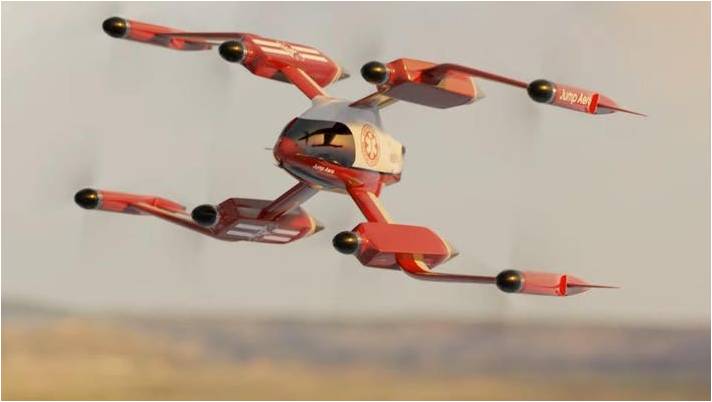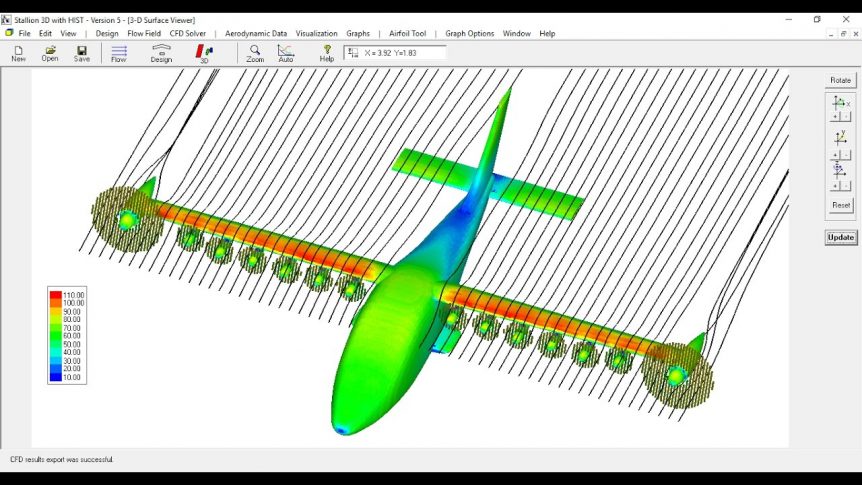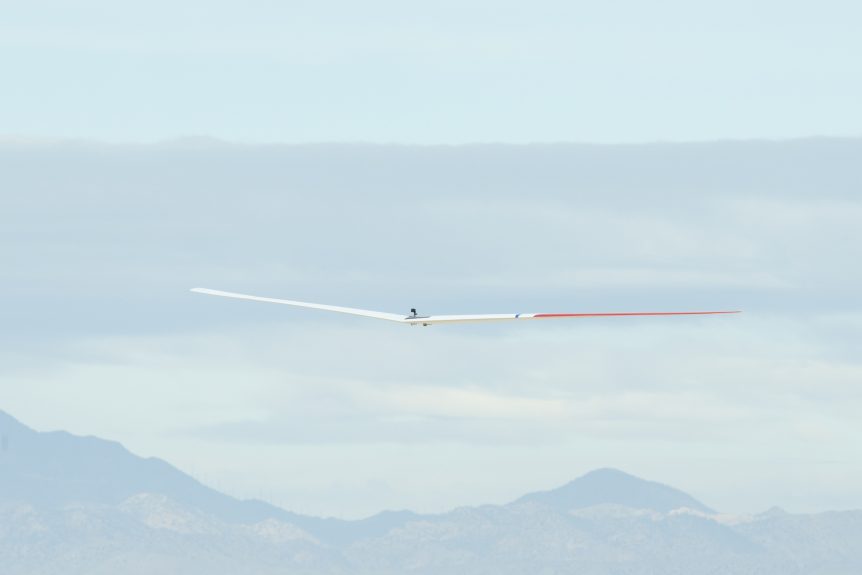Jump to the Rescue The State of Oregon might be ready to Jump into serving remote areas with a startling type of drop-in emergency vehicle. Jump Aero’s Pulse eight-motor biplane configuration could whisk emergency medical technicians on a flight to patients who could otherwise wait for a half-hour or more before help could arrive. Joshua Kupietzky, writing in Simple Flying, cites five characteristics of the craft that merit attention. “Quick arrival times… Serving a special niche… Battery-powered life-saving impact… Vertical takeoff… Easy to use and maintain.” These features describe many eVTOLs (electric Vertical Take Off and Landing) aircraft, but the Pulse allows landing in the space that would otherwise be taken up by an ambulance or small fire vehicle. Carrying a trained professional EMT or firefighter to the scene along with an array of emergency gear, Pulse can have said professional giving medical care or putting out fires within minutes of setting down. Because it’s a tail-sitter, the pilot enters …
Aquifer: Flow Batteries and Rim-driven Motors
In a highly unusual approach, two NASA researchers have combined a flow battery system with a rim-driven propeller drive system. Presenting at the Sustainable Aviation Symposium 2019 at UC Berkeley,Robert McSwain and Jason Lechniak detailed their AQUIFER Project, currently underway in the NASA Armstrong Flight Research Center at Edwards Air Force Base. On Day Two of the Symposium, Jason headed the presentation with a discussion of the implications of this and McSwain’s work on overall energy economy and NASA eVTOL discoveries. Robert followed with a technical description of the Nano Electrofuel (NEF) Aqueous Flow Battery and Rim-driven Motor (RDM). “AQUIFER establishes technical feasibility of an early-stage technology, a high-energy density, aqueous-based, flow battery, resulting in a near-term increase of 1.7 times range over an all-electric battery, while retiring fire and explosion hazards associated with lithium-based chemistries. The… flow battery will be integrated with a rim-driven motor (RDM) as a multi-functional design to eliminate conductive EMI and weight from long cable …
Simulations May Stimulate Better Hybrids
Phillip Ansell, assistant professor in the Department of Aerospace Engineering in the College of Engineering at the University of Illinois explains the benefits and downsides of fossil fuels. “Jet fuel and aviation gasoline are easy to store on an airplane. They are compact and lightweight when compared to the amount of energy they provide. Unfortunately, the actual combustion process is very inefficient. We’re harnessing only a small fraction of that energy but we currently don’t have electrical storage systems that can compete with that.” Ansell and colleagues are striving to use simulations to increase the range of hybrid aircraft. Batteries provide their own set of problems. He explains that adding more batteries to go farther may have a certain logic, for example, but increases weight – a big detriment. “That’s one of the big barriers we run into when designing battery-powered electrified aircraft. The current technology has very significant range disadvantages. But strong fuel-burn advantages.” eVTOL News recently noted that over …
Al Bowers and the Bell-Shaped Curve
Al Bowers has promoted a different kind of lift distribution curve for wings in his talks at the Experimental Soaring Association’s Western workshop, held every Labor Day weekend at Mountain Valley Airport in Tehachapi, California. Most aerodynamics textbooks model the elliptical lift distribution as an ideal to be achieved in wing design. R. J. Mitchell, designer of the classic Spitfire fighter, incorporated an elliptical planform, which serendipitously allowed room for the Browning machine guns in the capacious inboard sections. What could be wrong with that when the finest sailplanes exploit that same theory in their slender spans? Albion Bowers is retiring Chief Scientist at NASA Armstrong Flight Research Center, Edwards Air Force Base. His experiments with an alternative way of spreading the lift across a wing have inspired several large models of how a wing with a bell-shaped lift distribution curve might appear – and perform. Two years ago, he and Erich Chase, a well-known builder of high-end boats, brought …
Liquid Batteries for Aircraft?
NASA is investigating “the integration of nanoelectrofuel (NEF) flow batteries with rim-driven electric motors to produce a safe, clean and quiet propulsion system for aircraft,” according to Aviation Week. That is the promise of an early-stage rechargeable liquid battery technology under investigation by NASA. The agency is researching the integration of NEF flow batteries with rim-driven electric motors to produce a safe, clean and quiet propulsion system for aircraft. The rim-driven motors are used on boats as thrusters, and may have applications on small unmanned aircraft, although researchers have seen disappointing results so far. Tying these motors to more promising research into” non-explosive energy storage technology” is part of NASA Armstrong Flight Research Center’s Aqueous Quick-Charging Battery Integration for Flight Research (Aquifer) project, along with NASA Glenn Research Center’s co-principal investigation. A spin-off of research at Argonne National Laboratory and Illinois Institute of Technology, Influit Energy has “developed a novel type of rechargeable battery that features active energy-storing materials in …





